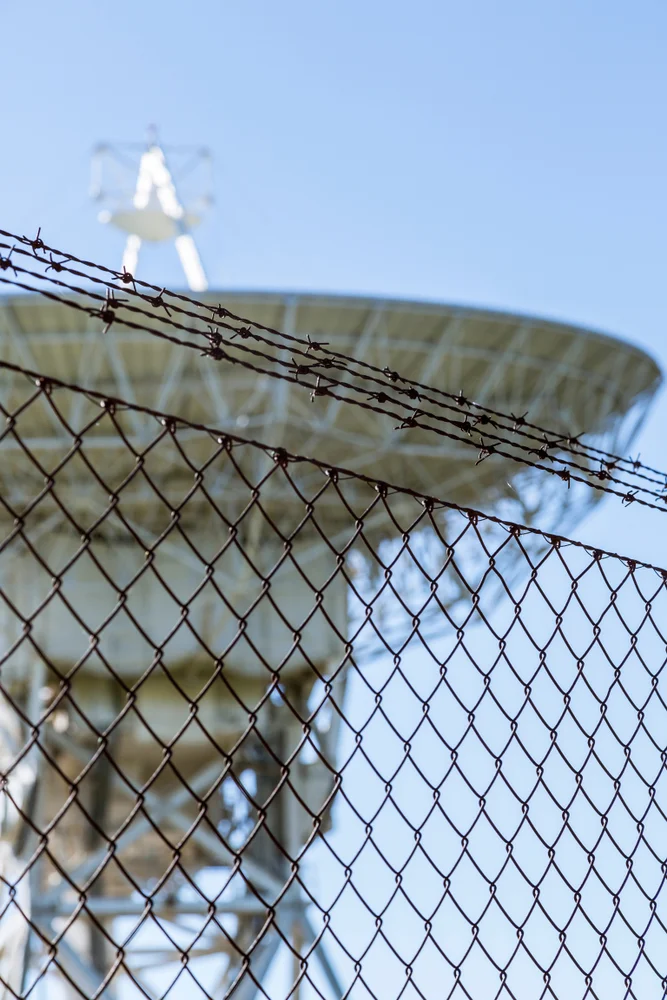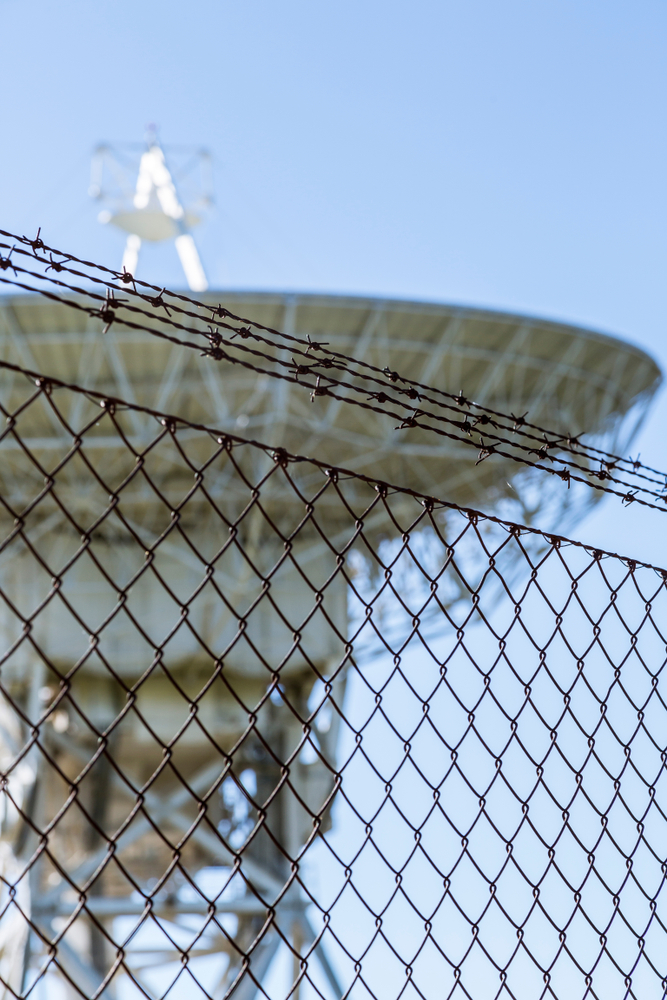We discuss the following topics in this blog:
- Providing protection over tretches that cannot be physically manned 24X7.
- Fibre Optic Sensing can change the game for physical security.
- FOS for critical infrastructure security.
In addition to these topics, we shall also be answering the following FAQs:
- What is WiFi?
- What is an Optical Fibre Cable?

Contents
How to Provide Utmost Security to Those Who Protect us?
The forces which protect our borders & coastlines from infringements also need to be protected. And so do the critical establishments that run across international borders like air bases, army cantonments, oil pipelines and power stations. This is hardly a simple task.
We are talking about providing protection over thousands of kilometres of stretches that cannot be physically manned 24X7. We are talking about just one single breach that can lead to a national threat or a major disaster.
Today’s sensitive political climate is pushing the envelope for technological innovation in defence for both warfare and infrastructure security.
How Fibre Optic Sensing (FOS) can be a Game Changer?
FOS or Fibre Optic Sensing can change the game for physical security. This high end, IoT intensive technology uses sensory optical fibre to detect intrusion through pressure, motion or tampering and is also integrated with smart devices to trigger action. This technology is globally being accepted in high security areas to enable intrusion-proof establishments.
Some of the key reasons that make FOS the solution of choice for critical infrastructure security are:
- FOS is not just one technology, but an ecosystem built around providing multi-layered protection with a full suite of security applications including cameras, search lights, smart power fence, vehicle management system, under vehicle surveillance, U/VHF devices, unarmed aerial vehicles
- FOS provides 360° surveillance and situational awareness coupled with an intelligent ‘threat to response’ mechanism. The result is 100% intrusion proof establishments
- It is suited for various use cases like fence detection, buried covert detection and even pipeline and drainage detection.
- FOS is an intelligent mechanism. The system is designed to detect, classify and grade security threats by analysing mechanical pulses
- These scalable and future ready FOS systems can be tailored to different ecosystems & scenarios
While our armed forces are protecting country’s borders, fibre optic sensing ecosystem is truly the next big thing for providing intelligent surveillance and building an impenetrable barrier, right at the first line of defence.
Check out the blog on Five things you didn’t know about Fibre Optic Sensing.
FAQs
What is WiFi?
Put simply, WiFi is a technology that uses radio waves to create a wireless network through which devices like mobile phones, computers, printers, etc., connect to the internet. A wireless router is needed to establish a WiFi hotspot that people in its vicinity may use to access internet services. You’re sure to have encountered such a WiFi hotspot in houses, offices, restaurants, etc.
To get a little more technical, WiFi works by enabling a Wireless Local Area Network or WLAN that allows devices connected to it to exchange signals with the internet via a router. The frequencies of these signals are either 2.4 GHz or 5 GHz bandwidths. These frequencies are much higher than those transmitted to or by radios, mobile phones, and televisions since WiFi signals need to carry significantly higher amounts of data. The networking standards are variants of 802.11, of which there are several (802.11a, 802.11b, 801.11g, etc.).
What is an Optical Fibre Cable?
An optical fibre cable is a cable type that has a few to hundreds of optical fibres bundled together within a protective plastic coating. They help carry digital data in the form of light pulses across large distances at faster speeds. For this, they need to be installed or deployed either underground or aerially. Standalone fibres cannot be buried or hanged so fibres are bunched together as cables for the transmission of data.
This is done to protect the fibre from stress, moisture, temperature changes and other externalities. There are three main components of a optical fibre cable, core (It carries the light and is made of pure silicon dioxide (SiO2) with dopants such as germania, phosphorous pentoxide, or alumina to raise the refractive index; Typical glass cores range from as small as 3.7um up to 200um), Cladding (Cladding surrounds the core and has a lower refractive index than the core, it is also made from the same material as the core; 1% refractive index difference is maintained between the core and cladding; Two commonly used diameters are 125µm and 140µm) and Coating (Protective layer that absorbs shocks, physical damage and moisture; The outside diameter of the coating is typically either 250µm or 500µm; Commonly used material for coatings are acrylate,Silicone, carbon, and polyimide).
An optical fibre cable is made up of the following components: Optical fibres – ranging from one to many. Buffer tubes (with different settings), for protection and cushioning of the fibre. Water protection in the tubes – wet or dry. A central strength member (CSM) is the backbone of all cables. Armoured tapes for stranding to bunch the buffer tubes and strength members together. Sheathing or final covering to provide further protection.
The five main reasons that make this technology innovation disruptive are fast communication speed, infinite bandwidth & capacity, low interference, high tensile strength and secure communication. The major usescases of optical fibre cables include intenet connectivity, computer networking, surgery & dentistry, automotive industry, telephony, lighting & decorations, mechanical inspections, cable television, military applications and space.













